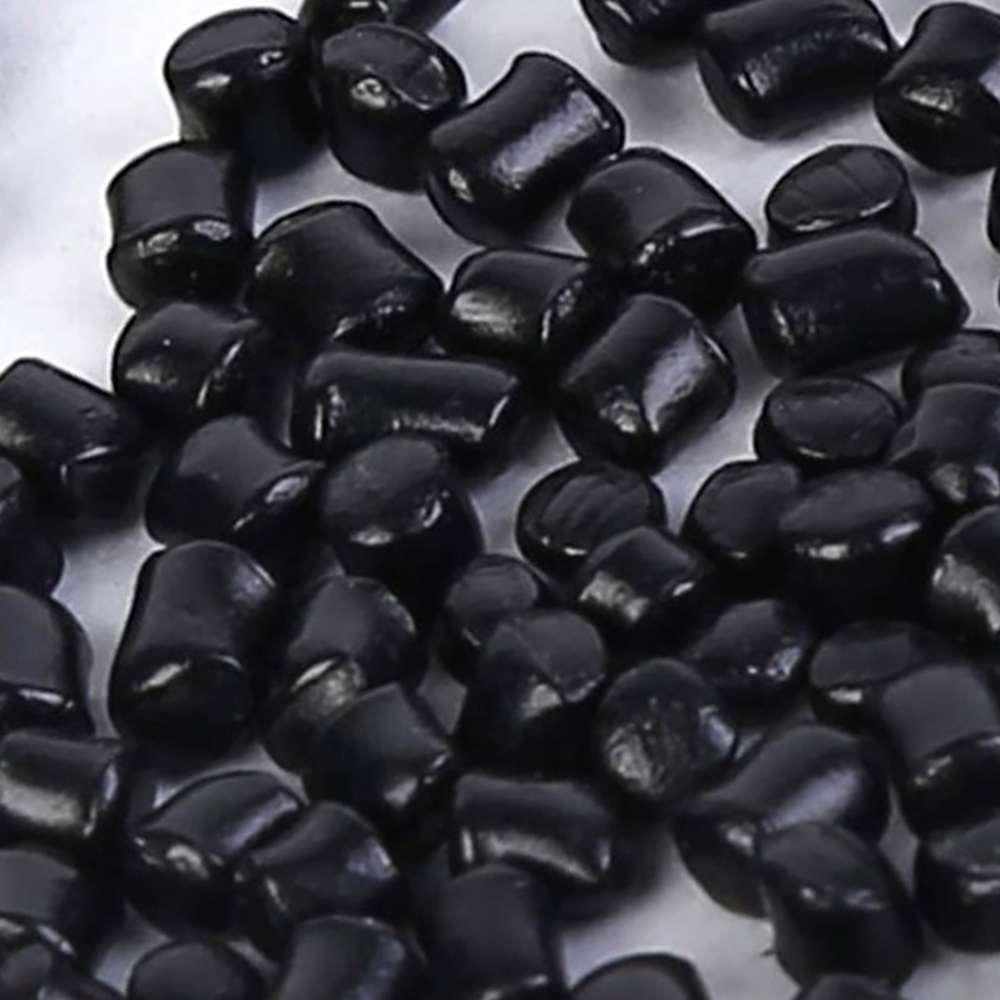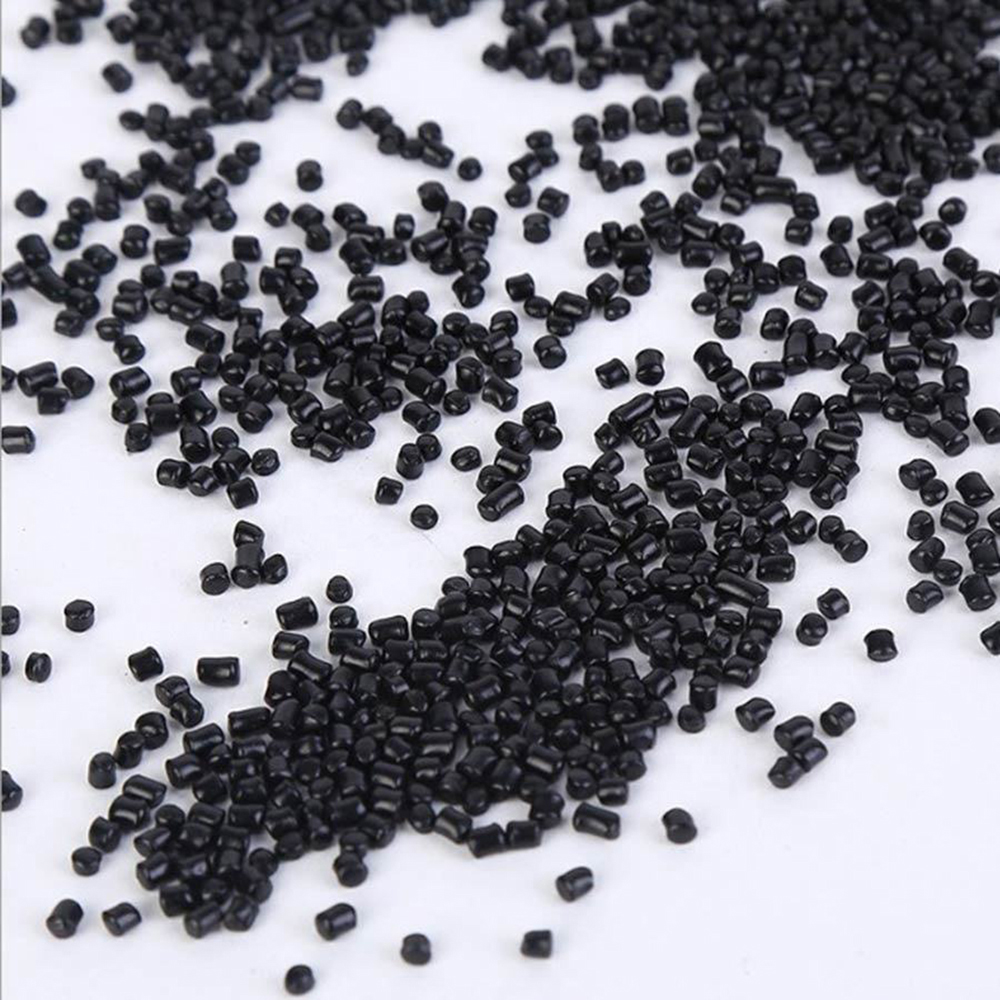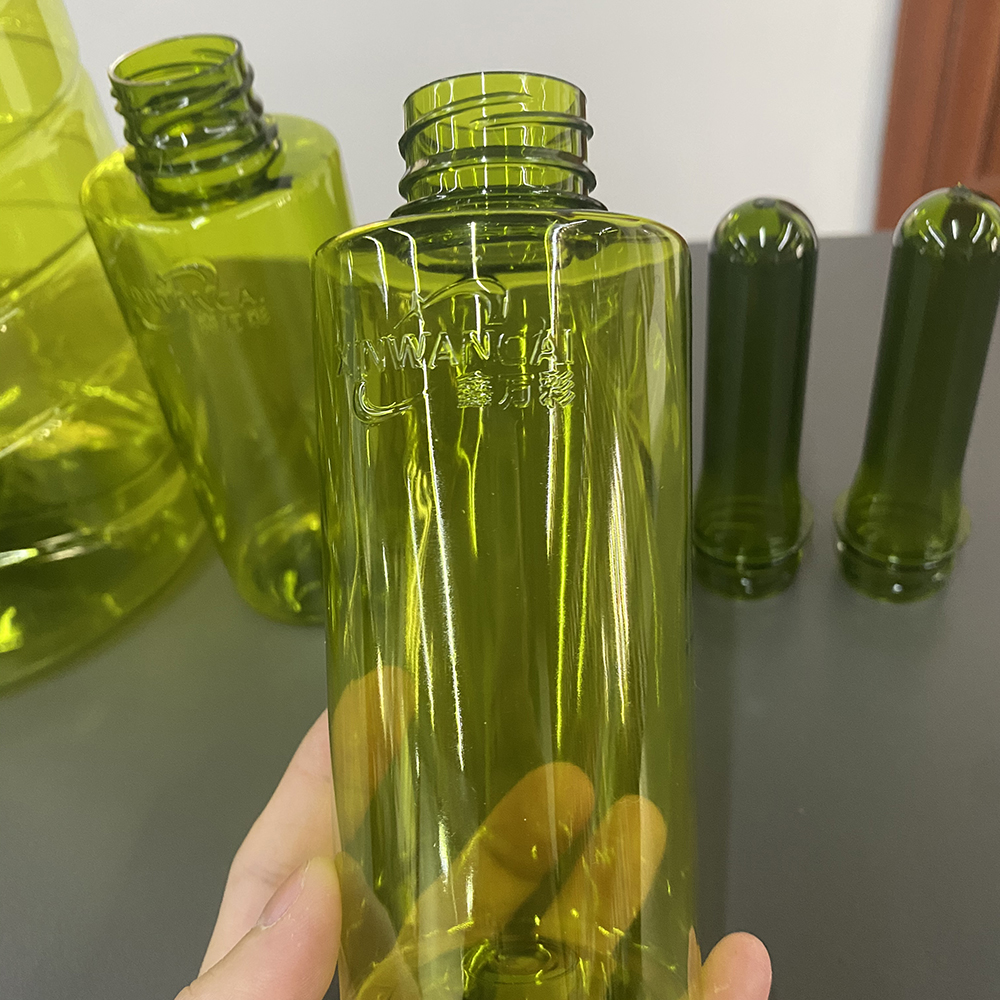
How Does Carbon Black Masterbatch Affect Cable Conductivity and Color Depth?
In the cable industry, incorporating carbon black masterbatch greatly impacts the conductivity and color depth of cable sheaths. Here is an in-depth analysis of this influence and recommendations for balancing these factors to achieve optimal performance.



